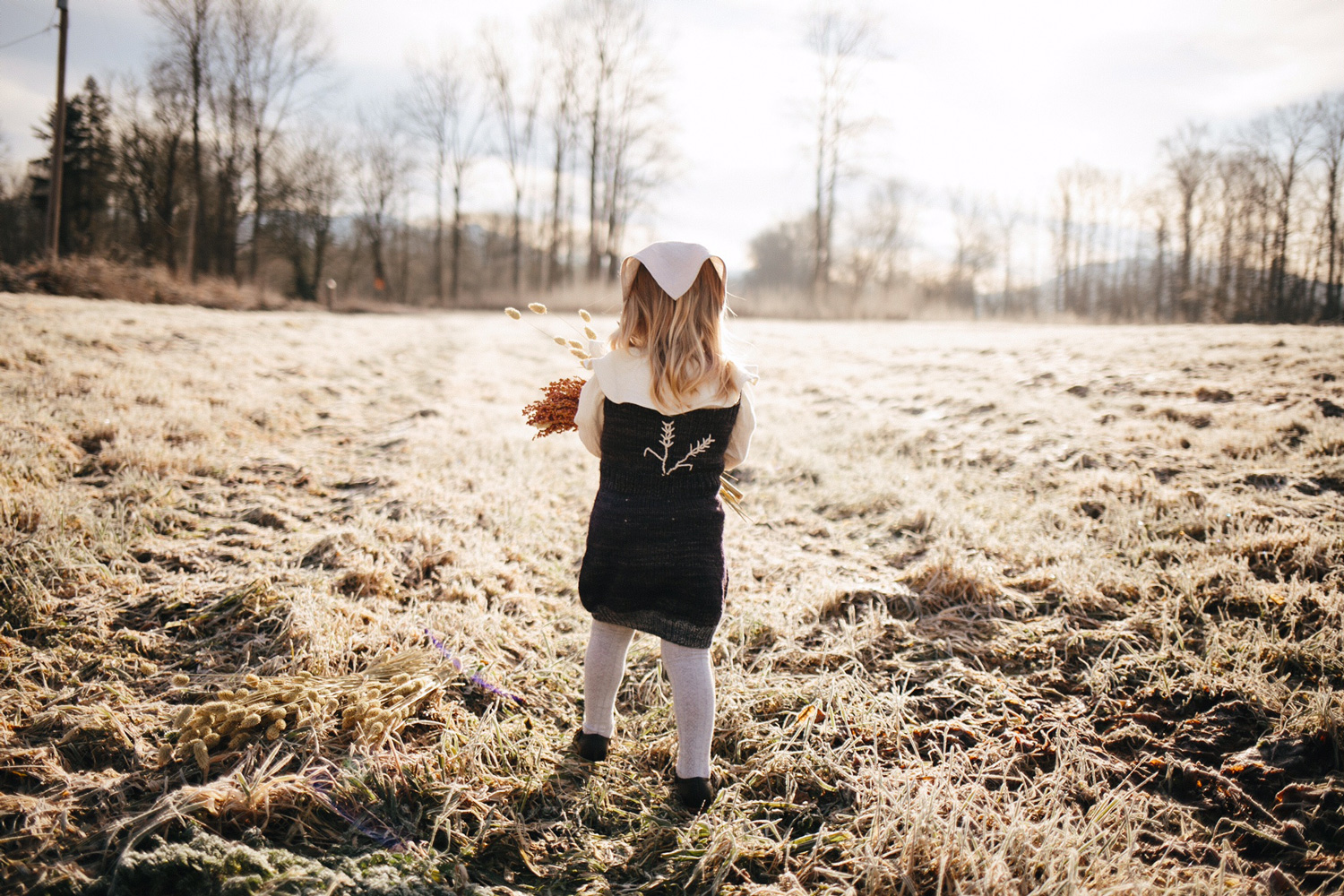New Label Love: Knitwear Brand Mouse in the House
“My dad used to sing me a song as a child about a little mouse in a house”, confesses Ashley Jensen, the co-founder of the children’s label Mouse in the House. “I caught myself singing it to my second daughter when she was about a year old and thought it would be the perfect name. It makes me feel snug and warm – something that perfectly describes our knitted clothing, she adds.
Mouse in the House showed at Playtime New York for the first time this year. The line, comprised of primarily knitwear, can be found on their site and a growing list of retailers across the country. Jensen attests a strong commitment to fair trade and ethical production, creating a label that nods to a simpler time, unrushed and artisanal. She learned to knit as a child and says it’s “magical to be able to turn a ball of yarn into something you can wear, using only your two hands and two little knitting needles”. Today she doesn’t knit the line, but rather has it produced in Nepal by women who are very much part of the Mouse in the House brand. Only a year in, Jensen says she could write an entire book about the things she’s learned to date, but calls her biggest lesson “learning how to pace myself, both as a business owner and a mother. Being patient with the process and waiting for the vision to come into focus”. As noted by countless editors and buyers this past Playtime New York season, the vision of this brand is articulated so clearly and beautifully that it is sure that Mouse in the House will find a home in children’s shops, and ultimately closets, the world over.
We got to chat with Jensen about the collection, her background and her plans for growing the beautiful knitwear label.
We love that your clothing is ethically produced - tell me what that means?
To us, ethically produced means that is has been created in a thoughtful and responsible way. It means taking into account all aspects of the production – the source of the material, the way it’s manufactured, and how you treat the people who make your business possible. We don’t compromise on any of these aspects!
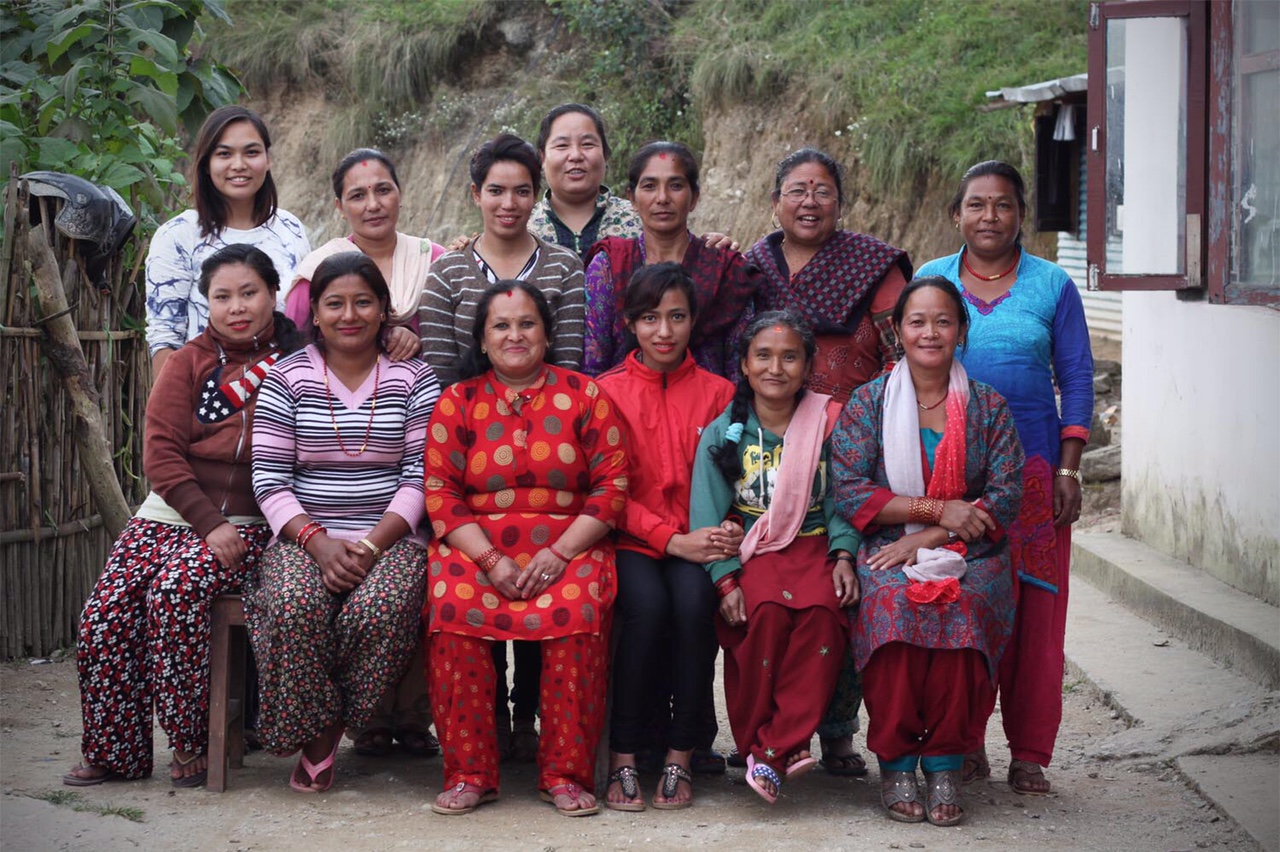
How did you decide to produce in the way you do? What is the story of it?
I learned how to knit as a child, and then relearned how as an adult. As I have knitted items for my children over the years, I have developed a deep love for this craft and the patience that it requires. You literally make every single stitch – it’s magical to be able to turn a ball of yarn into something you can wear, using only your own two hands and two little knitting needles. It is also a very portable craft, which was something that we valued for our makers. They are able to work from home and do not have to report to a factory every day. Embroidery is a similar time-honored craft that adds a special touch to our items. The sheer number of hours it takes to make one of our items is impressive – our largest sweater takes approximately 16 hours to create. It is the very definition of “slow fashion.”
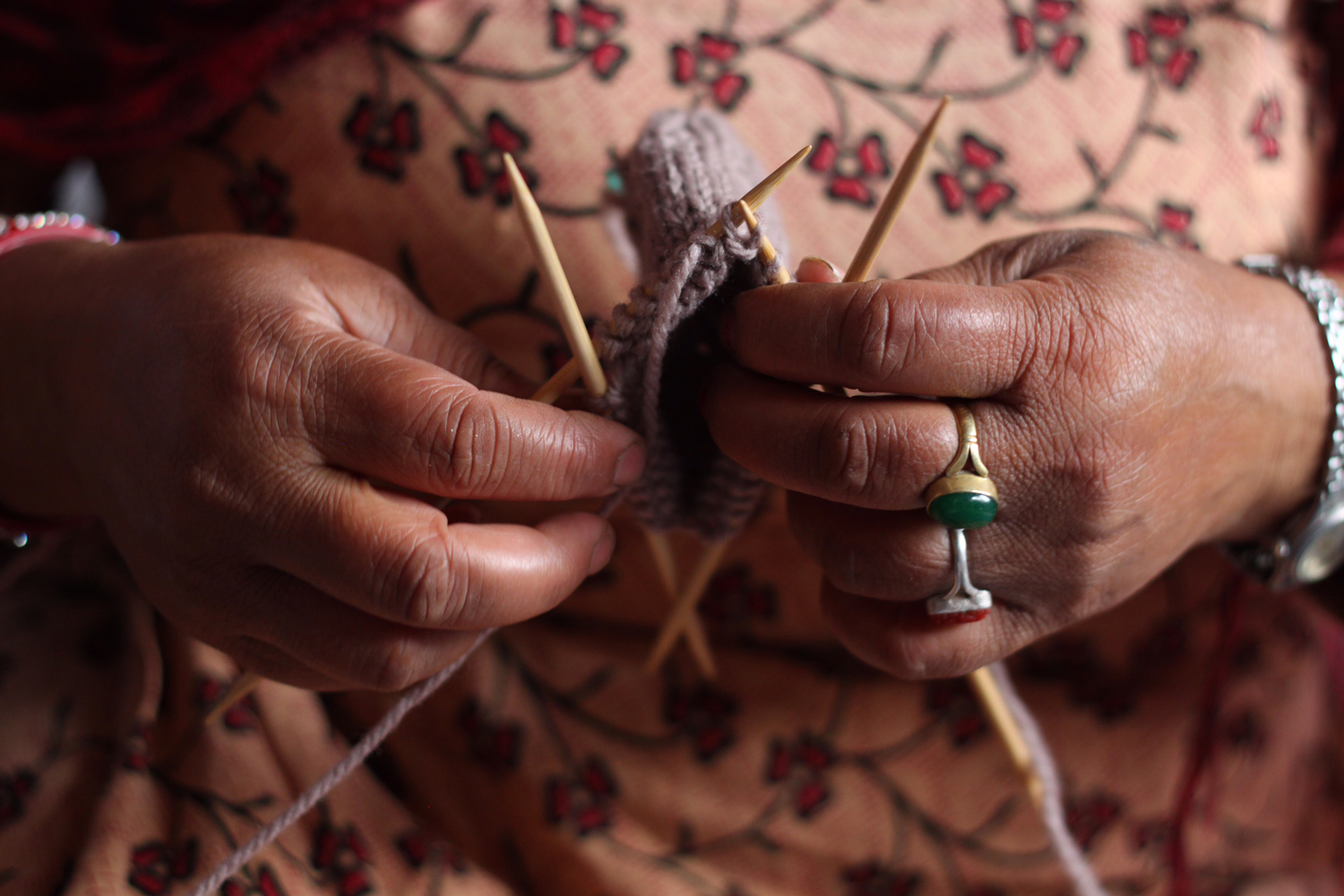
Love that you have the info and bios of the women who are knitting and embroidering from Nepal. What is your relationship like with them? Do you visit? How frequently? Can you give me a sense of the production?
Our makers in Nepal have become so dear to us and inspire us to keep doing what we are doing. They are truly talented, committed women who have hopes and dreams for the future, which we intend to help them realize. I spent a month in Nepal last May and visited again for two weeks in October. My time is spent developing relationships with suppliers, training our makers (many of whom were brand new knitters!), and figuring out the logistics of producing goods in Nepal.
Working with our women is very personal and raw. We spend a lot of time together during my trips there, working through the patterns and making adjustments. We eat together, laugh together, knit together, and bumble through our language barriers.
It was important to me that each of our items tells a story about the hands that made it. Working with my amazing operations manager in Nepal, Sara, we interviewed each woman to find out a bit about her history, her challenges and her hopes for the future. I was completely caught off guard about what these women had been through and their incredible strength. My first interview was with Hira, who entered an arranged marriage at 14 and had suffered three miscarriages by the age of 18, all of them almost full-term. She later went on to have two daughters and a son who has a mental disorder. We were all in tears by the end of her interview. I would have never guessed that this happy, smiling woman with such a joking nature could have endured so much.
Our yarns are also hand-dyed in the same village where our knitters live. The dyes are all plant-derived, many of which are found locally and are sustainably harvested from the nearby forests. Sara’s mother, Shanti, is the owner of the dyeing workshop and is such a pillar of determination and strength to the other women. We gather in her home for the trainings and she kindly cooks us the most delicious meals! On my last visit, I noticed a refrigerator in her kitchen, which was not there on my first trip to Nepal. I asked about it and was told that Sara used her first paycheck from us to buy it for her mother. I was incredibly touched by that. It was proof to me that what we are doing is making a meaningful, physical difference in the day-to-day lives of other people.

This was your first season at Playtime – how did it go? What were your thoughts? Anything surprise you?
It was so exciting to be at Playtime! I attended in 2010 as a blogger, and was so inspired by the brands that were exhibiting. Playtime was a must-do for me as a new brand and I’m glad we had the experience. The most surprising thing to me was the other incredible brands we were able to get to know and we are looking forward to some exciting upcoming collaborations. People were so kind and open, and I was very grateful for the non-competitive environment.
Tell me about this collection – how did it come about? What’s the inspiration?
We’ve been calling this collection “The Harvest,” as it is inspired by women who have labored in the earth’s fields all throughout time. The colors are all rich and earthy and the embroidery designs feature grains and small sheaves of wheat. I was very influenced by the paintings by Julien Dupré and Jules Breton and their depictions of women during harvest season. In thinking about how many women have worked to coax life out of the soil, I was touched by their sacrifices. Our own makers also spend considerable time farming in their village and they are a part of this long legacy of hard work, determination and harvesting to feed their families and others.

What sort of materials do you use?
We are obsessed with all things wool! We use 100% natural materials for all of our products and look for opportunities to use local elements. Even the buttons are handmade in Nepal from the Allo plant – a giant nettle that grows in the mountain regions. Our knits are made with merino wool and Peruvian highland wool for the embroidery. Merino was difficult to find in Nepal, but we were able to make contact with wonderful people along the way who were willing to be creative and experiment with us. Our yarn is hand-plied there, as there are currently no spinning mills in the country. We are also currently working on establishing an organic cotton supply for other upcoming collections.
How did you get into this? What is your background? How did it all start?
This is the combination of so many passions of mine, but when I realized that this business could be a tool to help others, that is when things really began to take shape. When I learned about the incredible difficulties the Nepalese people have faced since the 2015 earthquake, I realized this business could make a personal and meaningful impact on their lives. Most of our makers still live in small structures made of mud, scraps of wood and metal because their homes were destroyed in the earthquake. Many lost their livelihoods as well. My biggest goal is that each of these women can have a home again. By paying significantly more than even most of the fair-trade organizations in Nepal, we hope to speed up the process for them.
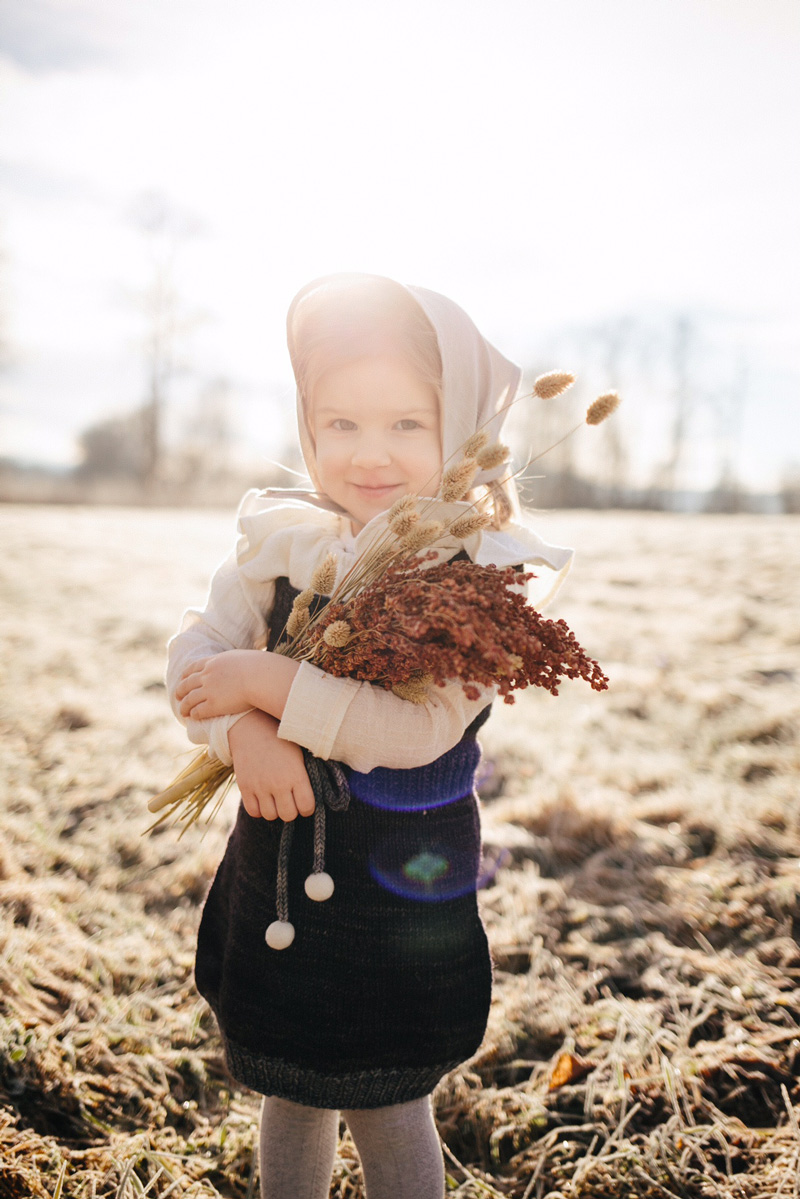
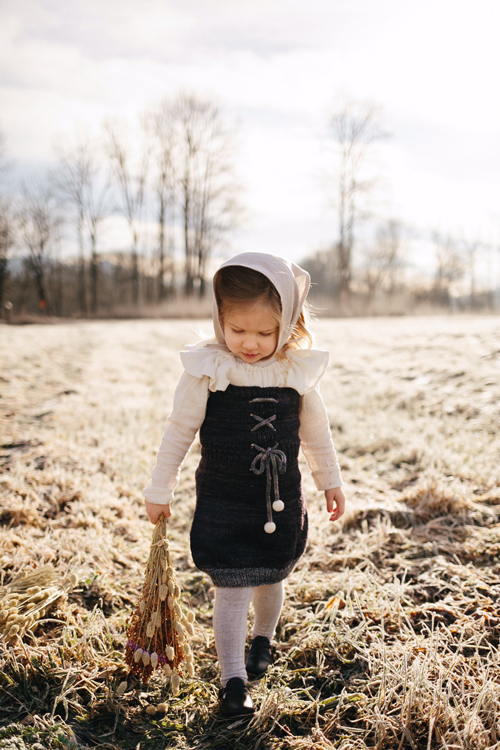
What sort of impact are you looking to make on the fashion world?
I want us all to start looking at each element in our production more carefully. There are real effects of what we do in the fashion industry and how we do it. There are people involved. There are animals involved. There is the health of our planet to consider. I feel like a shirt in the thinking is starting to happen which is exciting to see, but it needs to become the norm. We should all strive to be ethical in our methods, not just because it is becoming more popular but because it is the right thing to do.
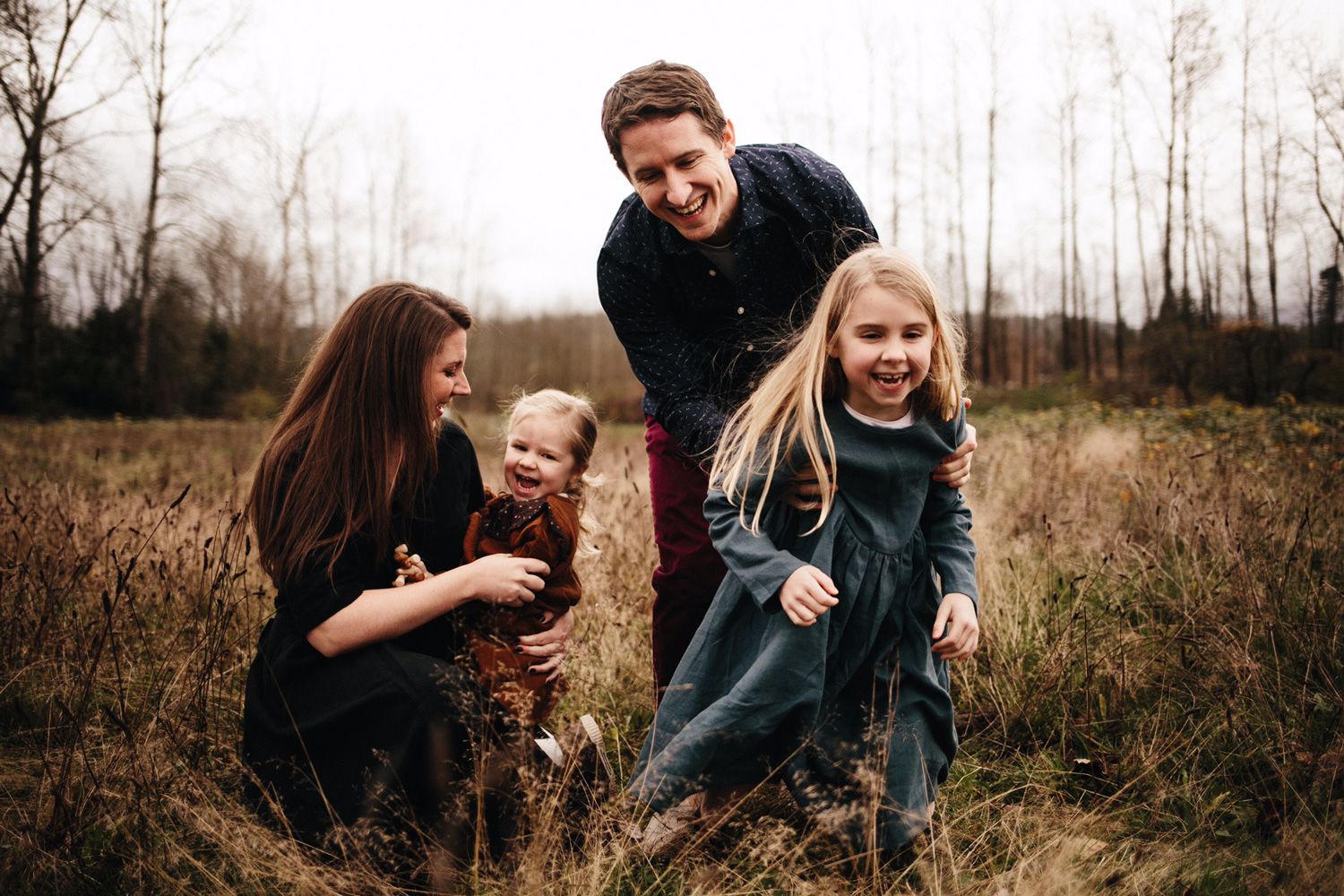
What are you most looking forward to next season?
I’m really looking forward to the new products ahead and the upcoming collaborations with others. I’m also really excited by the plant dyeing for our products – it really completes the picture of what I wanted our clothing to include.
Mouse in the House
—
20

